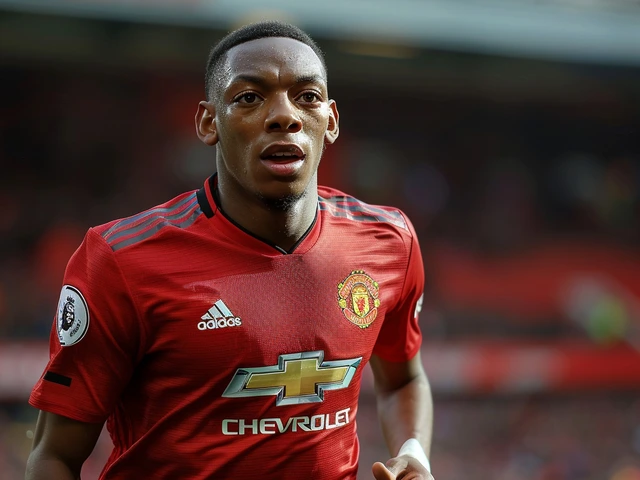Crystal Palace – The Eagles of South London
When talking about Crystal Palace, the South London football club that competes in the Premier League. Also known as The Eagles, it calls Selhurst Park home for its home fixtures. The club’s identity is tied to gritty, hard‑working play and a loyal fan base that fills the stands on match days. Over the years, the Eagles have built a reputation for punching above their weight against bigger budgets, and that spirit still drives their strategy today. If you’re new to English football, understanding how a club like Crystal Palace operates gives you a solid glimpse into the league’s diversity.
Key Players, Transfers and the Club’s Competitive Edge
The Crystal Palace transfer window always sparks chatter because the team relies on smart signings to stay competitive. While big‑money clubs chase headlines, Palace looks for players who fit a specific tactical mold – quick wingers, versatile midfielders and defenders comfortable with a high‑press system. Recent signings have focused on adding pace to the flanks and depth to the bench, a pattern that mirrors many mid‑table Premier League sides. This approach reflects a broader truth: clubs that blend experienced veterans with hungry youngsters often outperform expectations. The club’s scouting network scans lower leagues and overseas markets, aiming to uncover hidden gems before they attract premium prices.
The Premier League, England’s top‑flight competition features 20 clubs, each juggling finances, fan expectations and performance pressure. For Crystal Palace, staying in the league means securing television revenue, attracting sponsorships, and keeping the fan base engaged. The league’s structure also dictates a demanding schedule – 38 matches, domestic cups and occasional European fixtures for the top teams. This grind tests squad depth, making strategic rotation and injury management vital. Palace’s coaching staff often emphasizes fitness and mental resilience, knowing a single slip can cost valuable points.
Another crucial piece of the puzzle is Selhurst Park, the historic stadium located in South London. With a capacity of around 25,000, the ground offers an intimate atmosphere where the crowd’s noise can influence the game’s tempo. The stadium’s design places fans close to the action, fostering a strong home‑field advantage. Recent upgrades have improved facilities, but the core of Selhurst Park remains its vibrant supporter culture. Match‑day rituals – chanting, scarves waving, and the iconic “Eagles Fly” song – create an environment that many visiting teams find unsettling.
Understanding how these entities interact helps explain why Crystal Palace can hold its own against wealthier opposition. The club’s identity (Entity) encompasses a commitment to smart transfers (Attribute) that bring value (Value). It requires a sturdy stadium (Entity) that fuels fan energy (Attribute), which in turn influences on‑field performance (Value). Moreover, competing in the Premier League (Entity) demands tactical adaptability (Attribute) and financial prudence (Value). These semantic links illustrate the ecosystem around the Eagles and show that success isn’t just about big spending – it’s about aligning the right pieces.
Below you’ll find a curated list of recent stories that touch on the Eagles’ latest matches, transfer rumors, managerial insights and fan perspectives. Whether you’re hunting for match previews, post‑game analysis or behind‑the‑scenes looks at the club’s operations, the collection gives you a well‑rounded view of how Crystal Palace navigates the highs and lows of English football today.

Arsenal Injury Crisis Deepens: Magalhães Doubtful as Four More Stars Miss Palace Clash
Arsenal boss Mikel Arteta says centre‑back Gabriel Magalhães is doubtful for the Crystal Palace game, with Ødegaard, Havertz, Madueke and Jesus also sidelined, threatening the team’s defensive record.
Categories
- Sports (145)
- Politics (22)
- Entertainment (20)
- World (15)
- News (10)
- Lifestyle (8)
- Business (6)
- Technology (3)
- Health (3)
- Environment (2)



